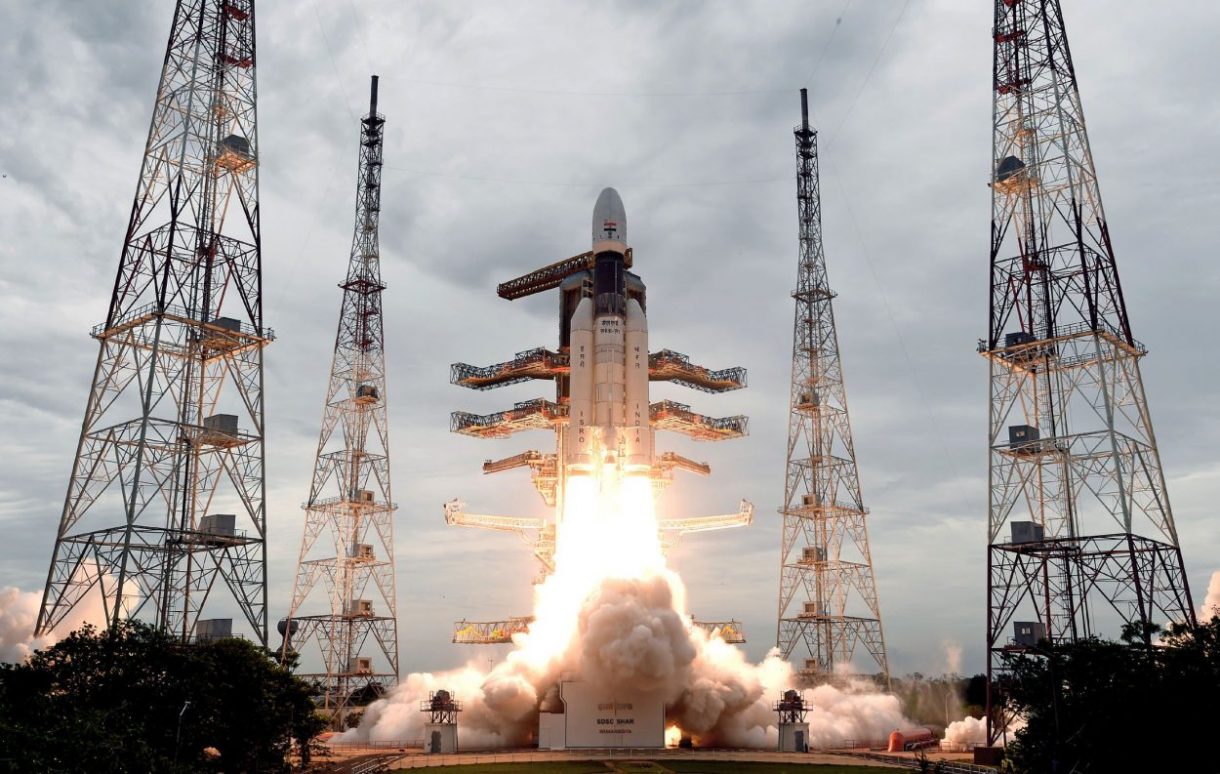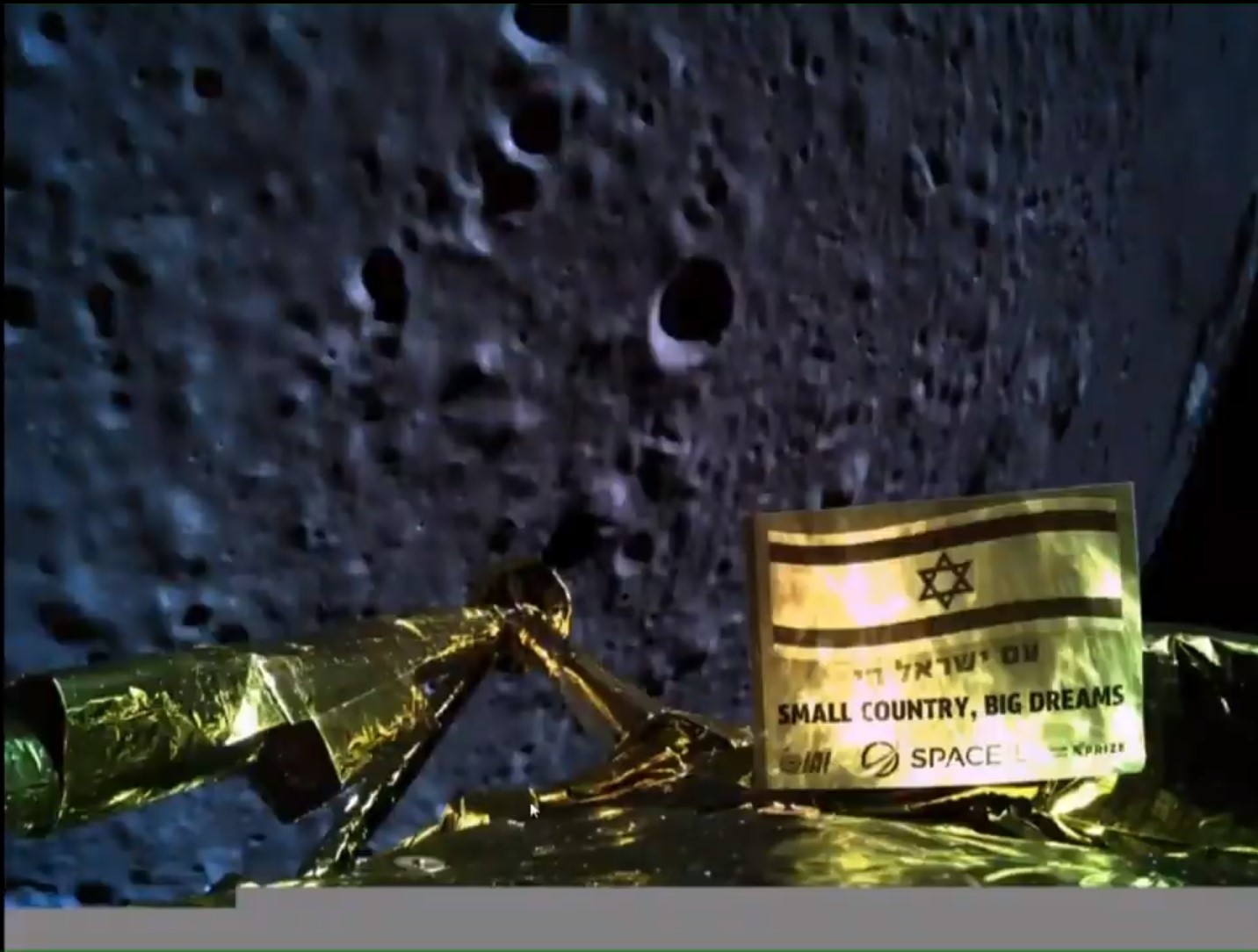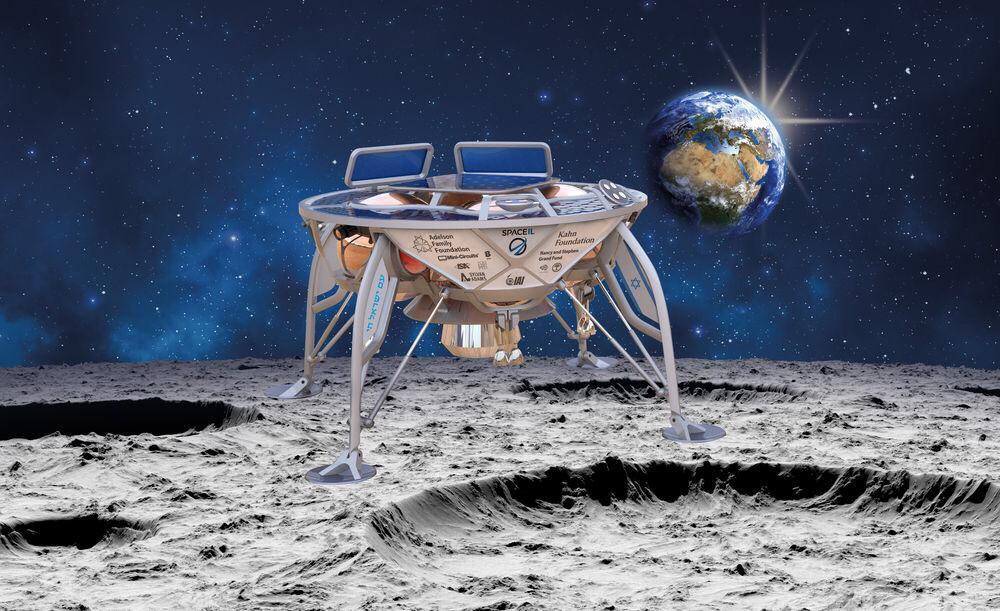India and Israel are once again vying for fourth place in the moon-landing race. So far, only three countries — the erstwhile Soviet Union, the United States, and China have successfully landed their spacecraft on the lunar surface.
Clash Of World’s Best Tanks: Can German Leopard Outpace S.Korean Black Panther To Win Norway’s MBT Contract?
The Indian Space Research Organisation (ISRO) will launch its third mission to the Moon, Chandrayaan-3, in August 2022, reaffirming its ambition of landing a rover on the Lunar South Pole.
The Chandrayaan-3 is a follow-up of Chandrayaan-2, which was launched on the GSLV-Mk 3, the country’s most powerful geosynchronous launch vehicle. However, the mission suffered a setback after the Vikram lander crashed on the lunar surface on September 7, 2019, preventing rover Pragyaan from reaching the surface.
Had it succeeded, India would have become the first country to land a rover on the moon in its maiden attempt

India’s Minister of Science & Technology, Dr. Jitendra Singh, confirmed in a written reply to Parliament that Chandrayaan-3 is in the works, and the mission team is making preparations based on Chandrayaan-2’s lessons learned and proposals from national-level experts.
Furthermore, the mission-related hardware and tests have been completed satisfactorily and are ready for launch, according to Singh. Major initiatives like Gaganyaan or crewed space mission and the Aditya or the solar mission are also scheduled for this year.
This year, the Indian space agency plans to launch a total of 19 missions, including eight launch vehicle flights, seven spacecraft missions, and four technology demonstrator missions. The launches will commence in the second week of February, with ISRO announcing that it will launch up to five satellites in the next three months.
Many existing missions were impacted by the COVID-19 epidemic, according to the Minister, but he stressed that “reprioritization of projects has taken place in the framework of space sector reforms and newly introduced demand-driven models”. According to the Department of Space, 15 satellites have been launched in the last three years.
The ISRO’s most recent major satellite launch was the Earth Observation Satellite-3 in August 2021. This financial year, the ISRO has been given a budget of Rs 13,700 crore, approximately Rs 1,000 crore more than the previous year. Despite the fact that multiple missions are planned this year, this allocation is lower than the Rs 13,949 crore earmarked last year.
Israel’s Moon Mission
Beresheet, a 1,300-pound robot built by Israeli Nonprofit SpaceIL, was sent into orbit by SpaceX in February 2021. However, when the dishwasher-sized robot collided with the lunar surface, the world’s first private moon expedition ended in failure.
The Indian space agency ISRO narrowly lost the race to Israel when it delayed its Chandrayaan-2 mission, which includes an orbiter, a lander, and a rover, until April 2021. Later, the lunar mission was again postponed for another month. However, India’s mission also resulted in a failure.
Before the crash, Beresheet — a biblical reference that means “in the beginning” — sent one last photo from around 14 miles above the lunar surface. Beresheet’s main engine failed during its approach toward the moon, according to the live transmission of the event. It was too late by the time mission controllers attempted to restart the engine.

According to a press release from SpaceIL, the spacecraft’s primary engine could have malfunctioned due to a technical problem in one of Beresheet’s components.
According to preliminary data obtained by SpaceIL and Israel Aerospace Industries (IAI), this technical error set off a cascade of events that temporarily disabled the spacecraft’s primary engine. “It was impossible to stop Beresheet’s velocity without the main engine working properly,” the statement added.

Although the robot was able to overcome the failure by reigniting the engine, Beresheet’s velocity was too high for it to decelerate considerably before reaching the moon by the time all systems were back online.
Vying For The 4th Place
Both India and Israel had similar outcomes with their moon missions. India’s lunar mission ended in failure barely five months after an Israeli nonprofit’s Beresheet lander crashed on the moon’s surface.
India would have become the fourth country to soft-land on the moon if its Vikram lander, part of a mission to the moon, had landed safely. The lander, however, deviated from its chosen route 1.3 miles above the lunar surface and lost contact with mission controllers shortly after.
The Beresheet lander, on the other hand, lost contact during its descent and suffered a similar fate.
Vikram was meant to descend at a speed of less than 5 mph, but Doppler data from a radio telescope in the Netherlands showed it was approaching the lunar surface at almost 110 mph, New York Times reported.
The landing problems in both missions were identical and had surfaced in the last phases of descent. India’s former space-program director, Kailasavadivoo Sivan, had previously referred to this time as “15 minutes of terror.”
Both countries are now competing to make their moon mission a success this time. While India will launch its moon mission in August this year, Israel is again aiming for the moon in 2024 with Beresheet 2 mission.
We are proud to announce that #Beresheet2 is going to head to the Moon in the first half of 2024! It will include two landers, each of which will carry out experiments on the surface of the Moon, and an orbiter that will stay for several years. #IsraelToTheMoon pic.twitter.com/fdenHdHmmV
— Israel To The Moon (@TeamSpaceIL) December 9, 2020
In 2020, the company announced that the work on the moon mission will soon be started. “We are proud to announce that #Beresheet2 is going to head to the moon in the first half of 2024!” SpaceIL officials wrote on Twitter on December 9, 2020. “It will include two landers, each of which will carry out experiments on the surface of the moon, and an orbiter that will stay for several years. #IsraelToTheMoon.”
SpaceIL later stated that it had released a call for proposals for experiments for the mission. “The ideas will be examined by a professional team which will decide which experiments will be conducted as part of the Beresheet 2 framework,” SpaceIL said.
- Contact the author at ashishmichel@gmail.com
- Follow EurAsian Times on Google News




